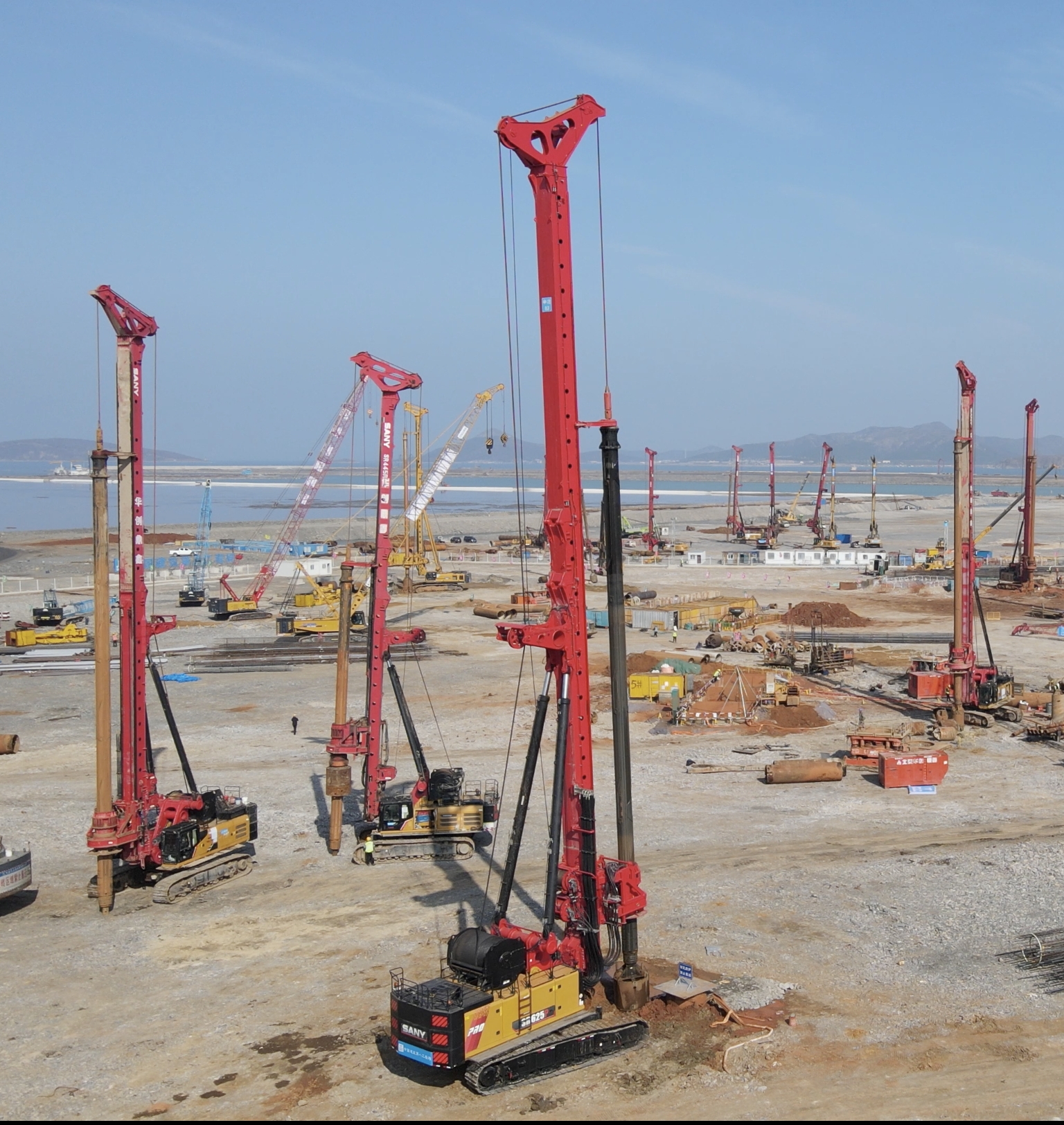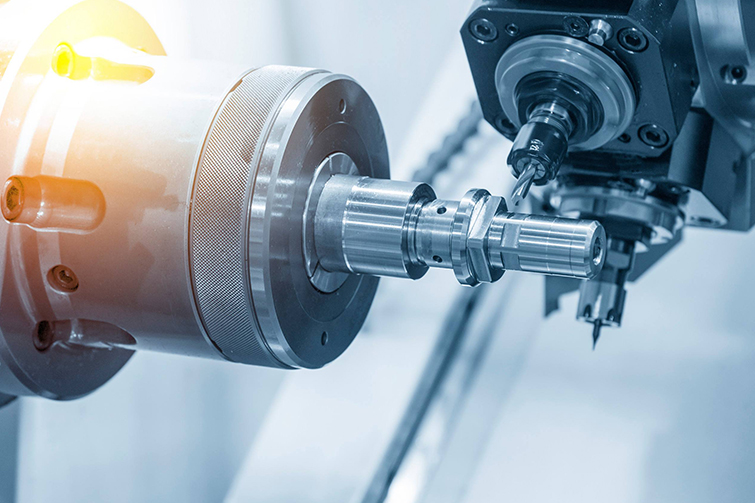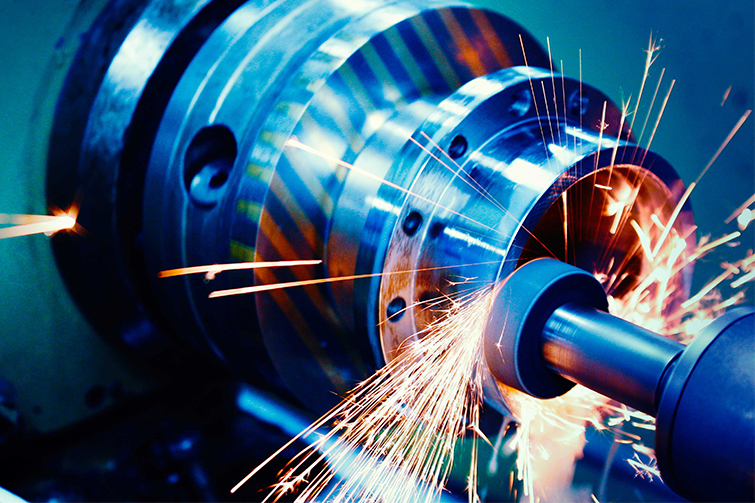

Understanding the Critical Role of Mud Pumps and Slurry Pumps in Industrial Applications

Introduction to Mud Pumps and Slurry Pumps
Mud pumps and slurry pumps are specialized devices designed to handle abrasive and viscous fluids. While they share similarities, their applications and operational contexts differ significantly. Mud pumps are primarily used in the oil and gas industry for drilling operations, whereas slurry pumps find their use in mining and construction for transporting mixtures of solids and liquids.
Key Differences Between Mud Pumps and Slurry Pumps
The main difference lies in their design and operational pressure. Mud pumps are built to withstand high pressures required for drilling mud circulation, while slurry pumps are designed for high-volume transfer of abrasive slurries at lower pressures. Understanding these differences is crucial for selecting the right pump for your application.
Operational Principles
Both pumps operate on the principle of converting mechanical energy into hydraulic energy. However, the mud pump utilizes a reciprocating motion to create pressure, and the slurry pump often employs a centrifugal force mechanism. This distinction affects their efficiency and suitability for specific tasks.
Maintenance and Care
Regular maintenance is vital to prolong the lifespan of these pumps. For mud pumps, checking the valves and pistons for wear and tear is essential. Slurry pumps require frequent inspection of the impeller and casing due to the abrasive nature of the slurry. Proper lubrication and alignment checks can prevent premature failures.
Common Questions
What is the primary use of a mud pump?
The primary use of a mud pump is in the oil and gas industry, where it circulates drilling mud to cool the drill bit and carry cuttings to the surface.
How does a slurry pump differ from a water pump?
A slurry pump is specifically designed to handle abrasive mixtures of solids and liquids, unlike a water pump, which is intended for clean or slightly contaminated liquids.
Can a mud pump be used as a slurry pump?
While possible in some cases, it is not recommended due to differences in design and operational requirements, which can lead to inefficiency and increased wear.








